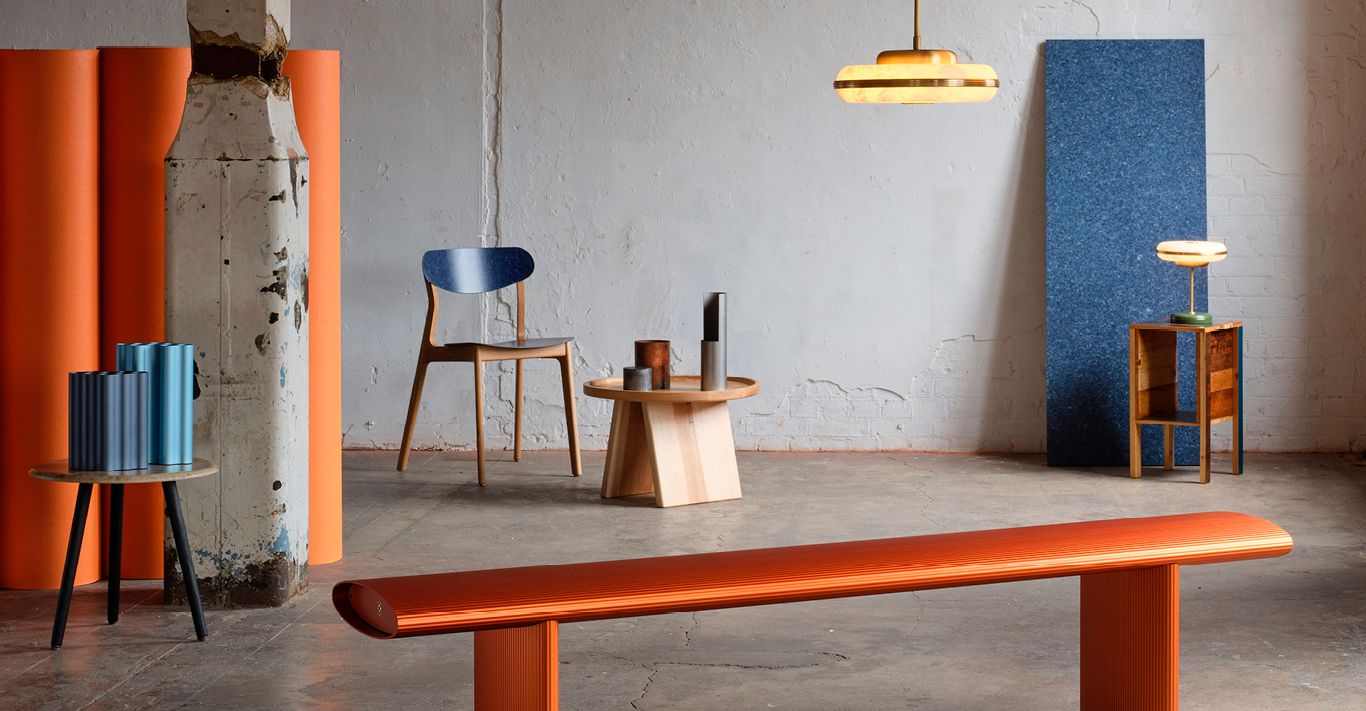WORDS
Amy Raphael
In the 21 years since Sir John Sorrell CBE and Ben Evans CBE launched London Design Festival, the creative industries have flourished in Britain. In the past decade alone, they have grown 1.5 times faster than the wider economy and contributed £108 billion in GVA annually. Employment in the sector has grown five times faster than the rest of the economy since 2011. While arts subjects are becoming increasingly underinvested in schools, the expansion of the creative industries shows no sign of slowing down.
Last year, there were 1.5 million visits to London Design Festival by 360,000 visitors. Most of the festival is free, with many art installations appearing in public spaces. This year, two new concepts are being introduced to make the event even more accessible. Bloomberg Connects will offer a free mobile guide to the event, including commentary, video highlights and exhibition maps, intended to make it easier to navigate the 13 Design Districts (from Stokey to Shoreditch and Brompton to Mayfair), while Launch Pad invites emerging designers, recent graduates, charities and small businesses to access the festival’s partnership scheme and showcase their work.
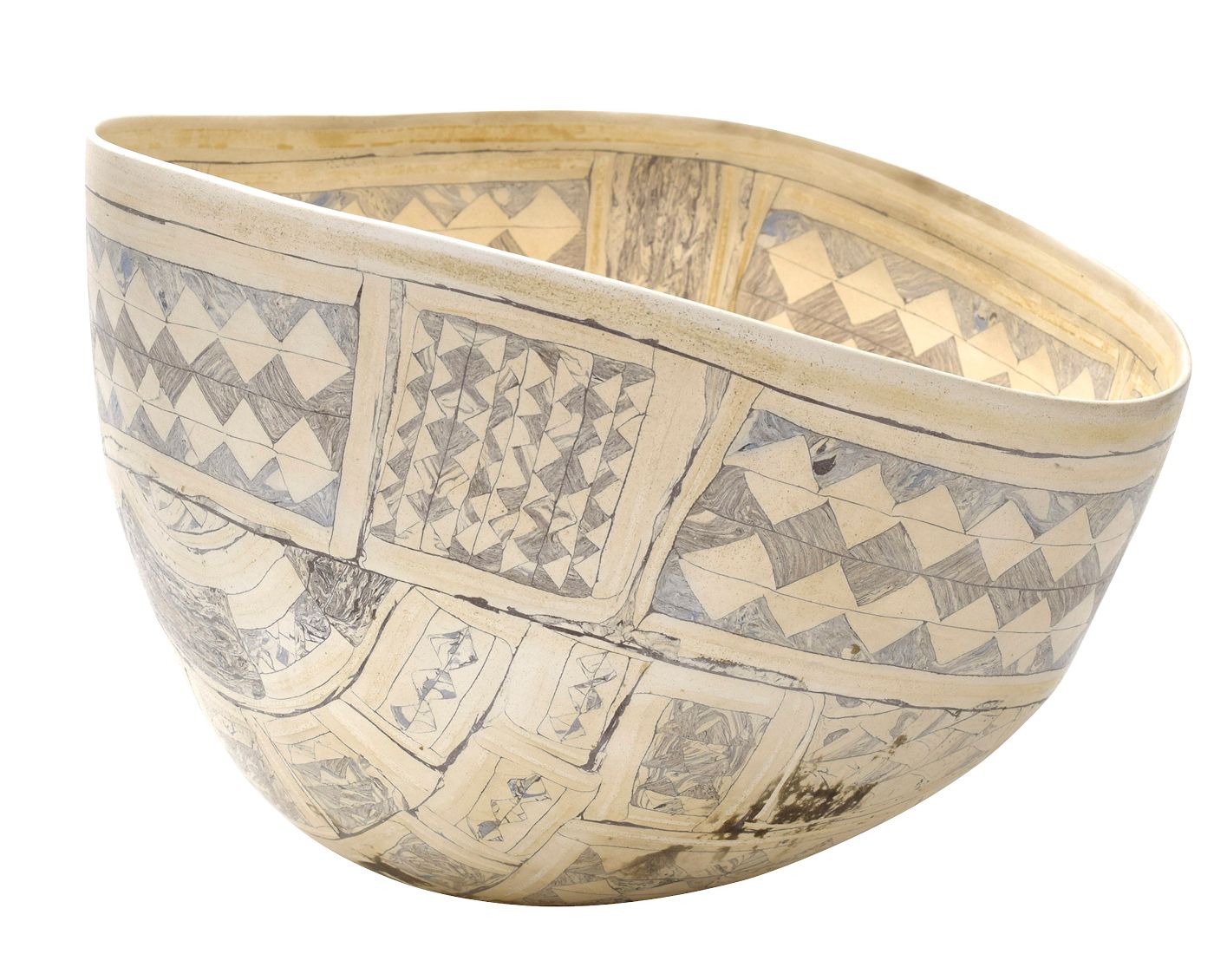
Ben Evans says that London Design Festival has ‘cemented London’s reputation as a global creative capital, while supporting designers at every level of their careers’. Certainly, one of the best aspects of London Design Festival is its heady combination of established and new artists. This year Andu Masebo’s Part Exchange is the V&A’s Emerging Design Commission. Masebo is a London-based artist with a background in carpentry, ceramics and metalwork, interested in ‘making simple things that can be easily accessed’, while also ‘revealing the message of something deeper below the surface’. Part Exchange will chart the timeline of a scrapped Alfa Romeo Cloverleaf that has been taken apart and reconstructed into domestic furnishings.
Also at the V&A is But She Still Wears Kohl and Smells Like Roses, a presentation of objects and films that reframe the history of glass in Greater Syria and Palestine by Palestinian architect and visual artist Dima Srouji. She works closely with archaeologists, anthropologists and glassblowers to design glass shapes and forms similar to ancient vessels. Clearly one to watch, Srouji was named a standout artist at the inaugural Islamic Arts Biennale earlier this year by several publications.
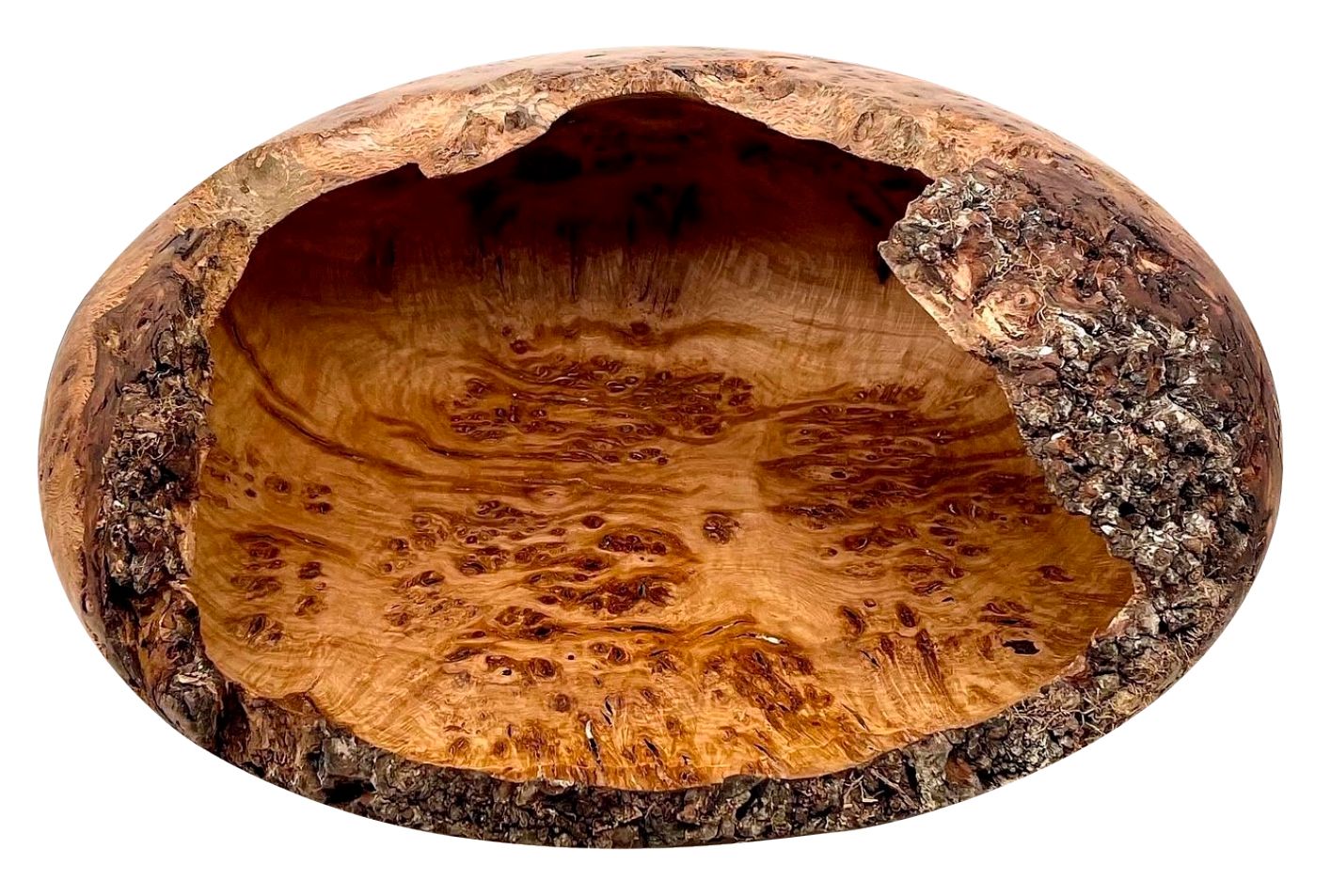
Some of those invited to take part in the festival have been around for over a century. Corticeira Amorim was founded in Portugal in 1870 to manufacture natural cork stoppers for bottles of port. The company now claims to be the world’s largest cork-processing group, producing not only bottle stops but exploring the ways in which this 100 per cent natural, renewable and biodegradable raw material can be used in the building trade and more widely in the bioeconomy. During the London Design Biennale in 2021, Amorim was the “Official Material Partner” of Es Devlin’s remarkable Forest for Change, an installation of 400 trees in the courtyard of Somerset House, which drew attention to the climate emergency.
Amorim is returning to the capital to collaborate with artist, designer, educator and cultural change-maker Simone Brewster in a commissioned installation that promises to be a highlight of this year’s London Design Festival. Spirit of Place will be made up of five large sculptural vessels, as high as 2.5m, that look a little like oversized chess pieces, but which in fact represent Amorim’s cork forest in Portugal. Brewster’s interpretation of the forest is both a reflection of her work as an artist who likes to experiment with scale, materiality and architectural form, and a climate statement: the key characteristics expressed by the vessels include drought resistance, regenerative growth and biodiversity conversation.
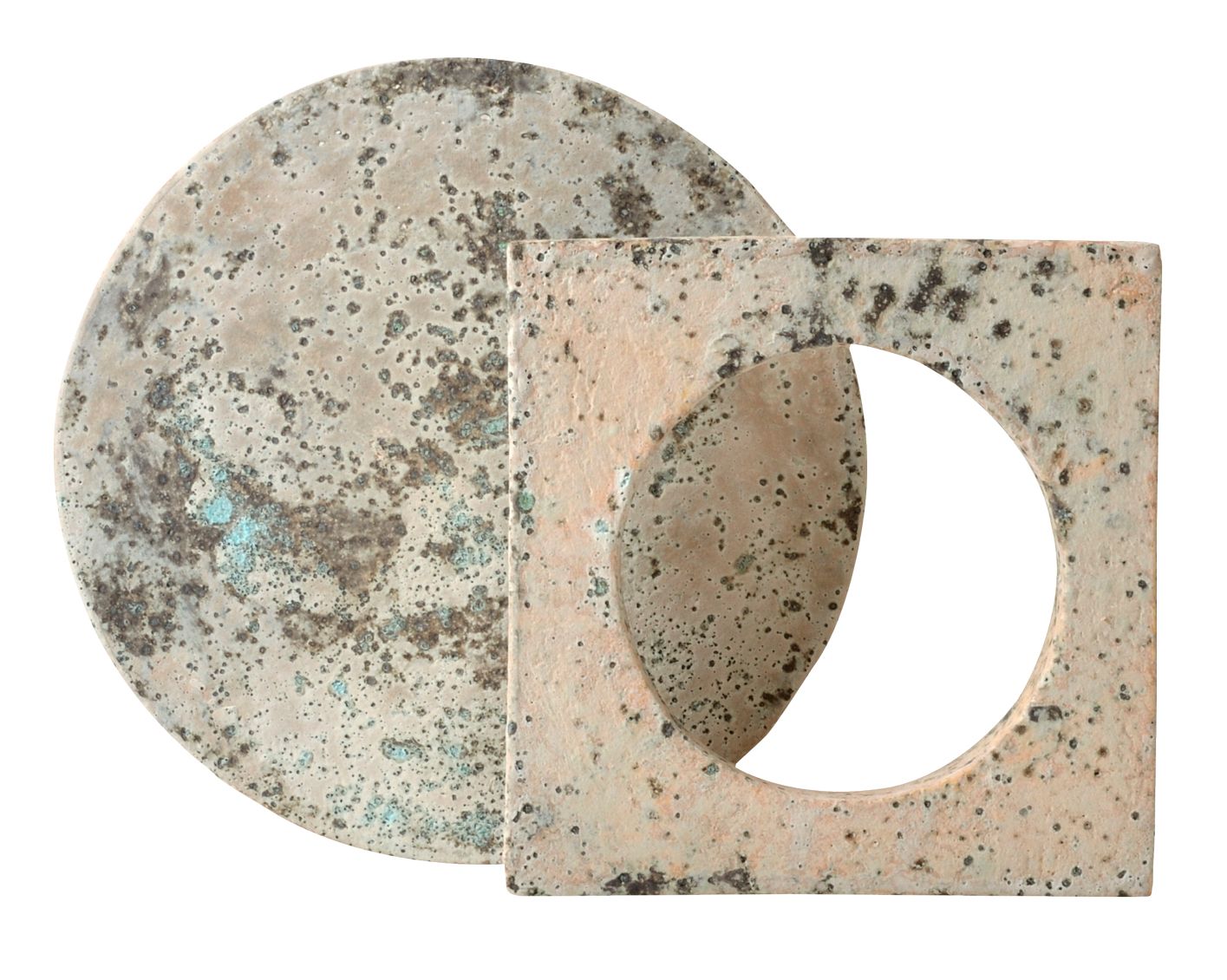
While Spirit of Place is future facing, Wren 300 marks the 300th anniversary of Sir Christopher Wren’s death with a series of projects around St Paul’s Cathedral that promise to investigate the legacy of the architect though the lens of contemporary art. The celebrated Spanish artist Pablo Valbuena has created Aura, ‘a new contextual project about contemporary rituals’ for St Paul’s. His installation explores the modern role of places of worship, and how light and sound combine to elevate our experience within them. Valbuena focusses on time, space, perception and context in his work, and his artworks use digital light and sound to transform urban public spaces. Aura will listen to the voices and music generated in St Paul’s and ‘materialise them into a spectral, three-dimensional aura that enhances the ritual aspects of this space’.
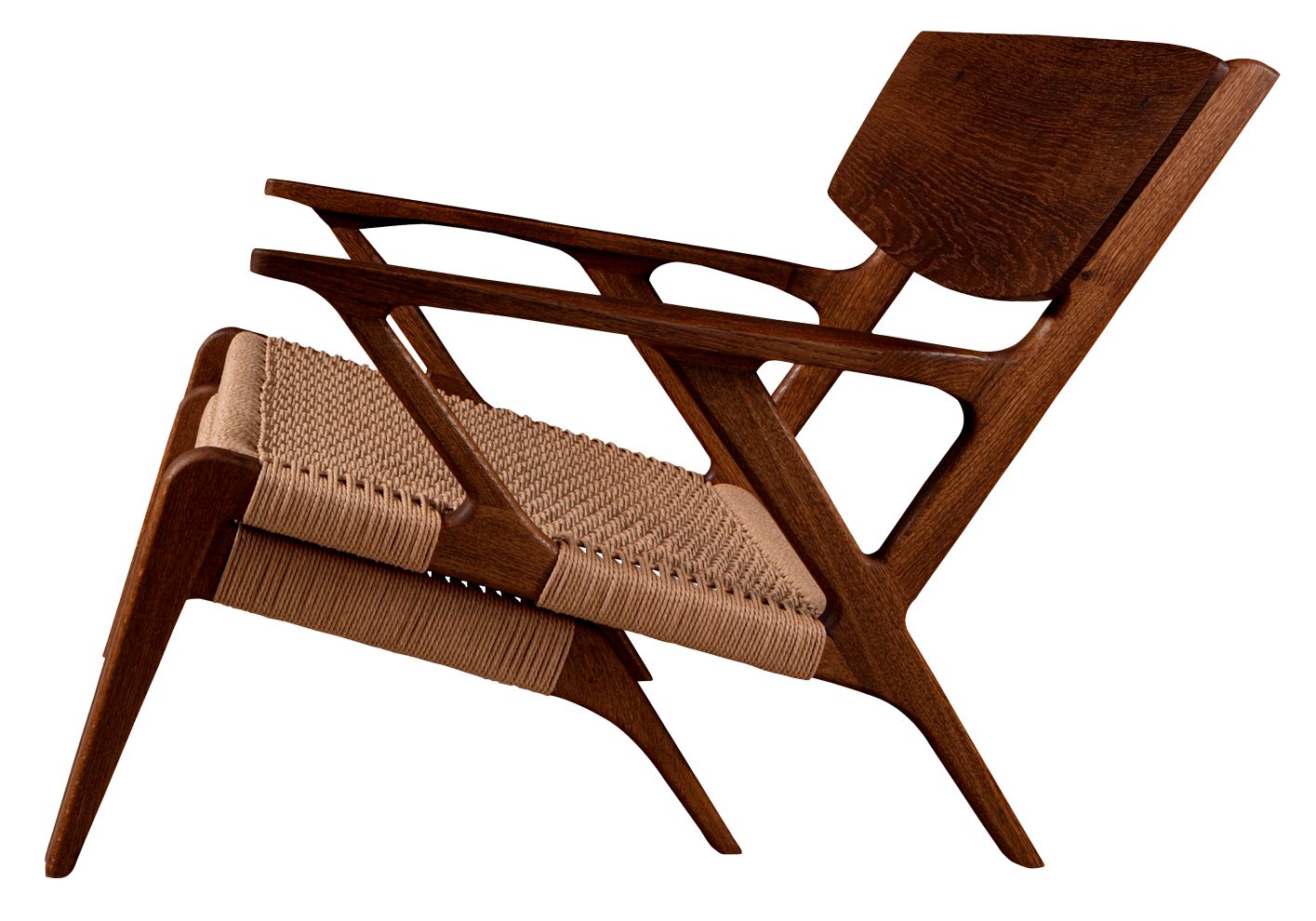
Previous London Design Festivals have had an injection of colour from Camille Walala’s Villa Walala (a huge inflatable sculpture) and Walala Lounge (a suite of street furniture for pedestrianised South Molton Street), but this year the festival is embracing the equally colourful work of Morag Myerscough, a multi award-winning north London artist ‘fascinated by how colour, pattern and words can change urban environments’. Myerscough will partner with Mini to create an immersive installation at Shoreditch Electric Light Station, which will no doubt be a riot of colour, with the artist highlighting the brand’s commitment to enhancing urban city life.
The festival has always aimed to be inclusive, but it’s often immersive too. Maya: The Birth of a Superhero is an installation and VR experience by Poulomi Basu and CJ Clarke that follows Maya, a girl whose super powers come from her menstruation. The installation is a result of Basu’s work to show the consequences of violence against women in Nepal and India.
Meanwhile, London-based Hayatsu Architects has collaborated with the Gifu Prefecture in Japan to create a flower shrine. This will take the form of a sculptural seating installation, which will be gradually decorated by V&A visitors with 50,000 paper flowers. Enthusiasts can also attend the Global Design Forum for five days of programming at the V&A, where partners include the Istituto Europeo di Design and the University of the Arts London, or drop in at the London Design Fair, which is making a return to the Truman Brewery in Shoreditch between 21 and 24 September. You have to book tickets for the UK’s leading showcase of design, but it’s a fantastic place to source the best furniture, lighting and collectable design from around the world.
As Justine Simons OBE, deputy mayor for culture and the creative industries, says, London Design Festival ‘celebrates the design excellence and talent of our creative community’. As such, it’s a celebration not to be missed.
London Design Festival runs from 16-24 September; londondesignfestival.com

